Officially spring doesn't begin until the 20th of March, but it always seems to arrive early here in Andalusia and it's one of the most beautiful times of year. Wild flowers and blossoms burst from their buds and the mountainous countryside is speckled with colour. As we wandered past the Roman alberca last Saturday and spotted these wonderful daffodils and buttercups, we were inspired to tempt more visitors to come and enjoy the spring with us.
February is not available at La Cazalla this year, which is unfortunate as it is the month Ronda (and much of Spain) celebrates with Carnival. There will be parades on Saturday 17th and Sunday 18th February, 2018 involving lots of dressing-up and having fun, something the Andalusians love to do! However, during late February and early March, the landscape will turn pink and white with delicate blossoms as almond and cherry trees put on their annual display.
We had an incredible almond harvest in September 2017 and there'll be plenty of packets of these delicious and healthy nuts awaiting guests visiting the house in 2018.
For those wishing to wander the hillsides admiring the spring flowers, this time of year is truly the best, as it can get a little too hot during summer for hiking. We have recently been using the Wikiloc app to help us explore our surroundings and map our walks for future guests, but there are plenty of marked trails within the nearby natural parks. The Sierra de Grazalema Natural Park is an hour's drive from La Cazalla de Ronda and is one of Spain’s most ecologically outstanding regions. You can discover orchids enjoying our nature trail at La Cazalla, but the park boasts over 30 different species of orchid, as well as the unique Pinsapo fir trees.
If wild flowers and walking aren't your bag, how about some sumptuous religious iconography? Easter week (Semana Santa) is one of Ronda's most important annual events and the community takes the processions very seriously. It is considered an honour to help carry a 'paso', and robed penitents known as 'costaleros' display their devotion by supporting the beams upon their shoulders and necks. Each paso often weighs over 2,000 kg (4,400 lbs) and resembles a huge, ornate table about 2 m (7 ft) high, with a velvet hem hiding both its legs and the costaleros from view. On average there are 40 costaleros per paso with each one supporting a weight of around 50 kg (110 lbs) for approximately 8 hours.
The pasos are made of wood, usually covered in precious metals, and are intricately worked and decorated. There are two kinds: El Cristo (Christ) and La Virgen (The Virgin). Pasos dedicated to El Cristo, which depict scenes from the Passion, are usually floats covered in gold. The pasos dedicated to La Virgen are usually covered in silver, and they represent a very dramatic image of the Virgin Mary, generally in tears. This image is called a dolorosa (literally, in pain). In most of the pasos the Virgin Mary is alone although she can be accompanied by an apostle or holding her Son in her arms.
This combination of Baroque style and decorations made with lots of flowers and candles are spectacular. On top of it, the candles are only lit by night, transforming the paso into an absolutely impressive illuminated scene.
This year Semana Santa will take place from 25th to 31st March 2018 and if you wish to be awed by these amazing processions, you can book your stay with us here.
Alternatively, for a late-spring visit to this passionate and vibrant region of Spain, we still have a five-night stay available from Saturday the 5th to Wednesday the 9th of May 2018 - perfect timing to catch the last of the spring flowers and the 2018 Spanish MotoGP in Jerez.
Wherever your interests may lie, you can be sure to find them catered for at some point during the year in Andalusia - it's why we love it so much here. For more information on finding your favourite activity, simply contact us with your questions - we're always happy to help.






